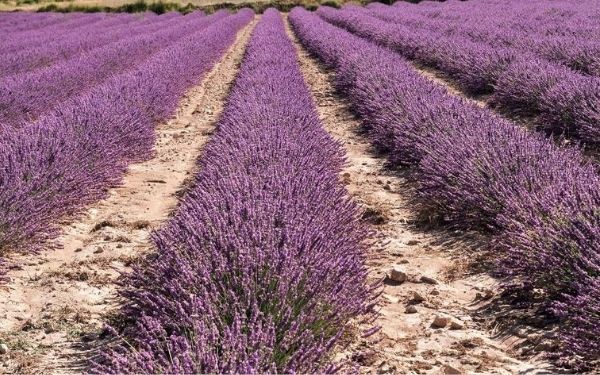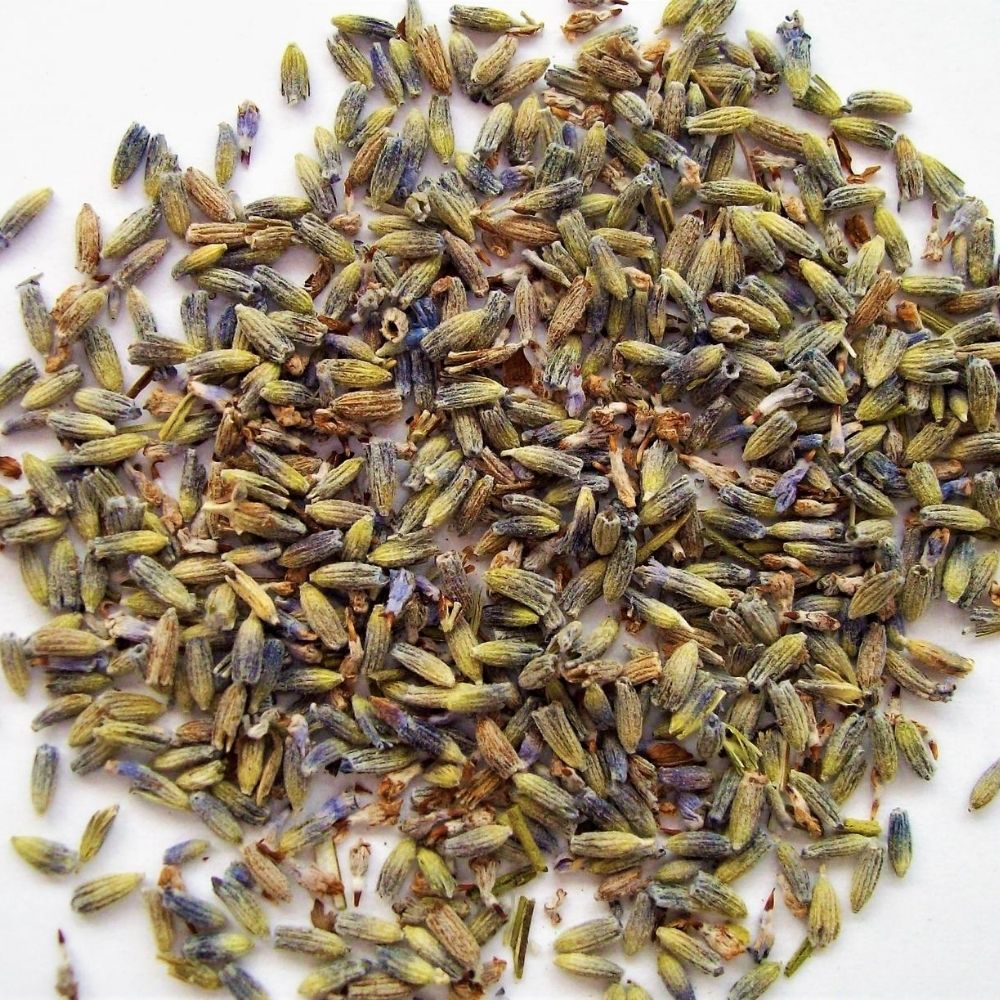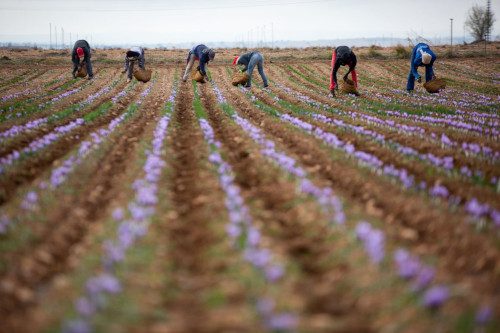Write: Tomás Franco. Author of Manual for Spices
The gender "Lavandula " of the family "Lamiaceae " comprises around 30 different species of shrubs highly appreciated for the aroma that distinguishes its leaves and flowers. In general, their appearance is similar and the tonality of their flowers vary from the purple up to the target. Here I present to you the one known as lavender or lavender, whose gastronomic use is very interesting.
It has the most pleasant aroma and corresponds to the "L. spica ", popularly known by the name of lavender. We can also find it with the name of "L. vera "," L. angustifolia " o "L. officinalis ". Among other known species of "Lavandula " are:
- broadleaf, lavender with a less fine aroma.
- cream, the rough lavender or alhucemón.
- multifida, lavender.
- stoechas, the lavender.
- serrated, the serrated lavender.
- the lavandin corresponds to a hybrid between angustifolia y L. latifolia.
El lavender or lavender it is a dense shrub that can reach up to a meter in height, evergreen and durable. The stems are square, highly branched, with herbaceous branches profusely covered with leaves. From the second year on, the stems become woody and twisted, especially at the base. The leaves are long and narrow, linear, hairy when young and gray in color that gradually turns green.
The recollection
Since the beginning of summer the purple blue flowers in dense terminal spikes with long peduncles. Both the leaves and the flowers are covered with oil glands, which make the whole plant give off a pleasant aroma. The seeds are tiny, brown in color, and are collected from flower heads.
Campo de Lavandín Photo: Tomás Franco

El lavender or lavender It is native to the fields and gardens of the mountainous regions of the Mediterranean basin. It grows spontaneously on the dry and stony slopes that border the Mediterranean. It is widely cultivated in Spain, France, Italy and Northern Europe.
Starting in early summer, when the buds begin to bloom, the stems are cut. They get to dry off on reeds or in bunches in the shade, in a well-ventilated place at a temperature of approximately 35 ºC. His oil, Of great commercial interest, it is obtained by steam distillation or by extraction with organic solvents.
El lavender essential oil It is very rich in linalyl acetate (30-50%), which is mainly responsible for its pleasant aroma. This product also contains geraniol, linalool, borneol, cineole, pinene and ethyl-methyl-ketone among its main components.
Lavender flower Photo: Tomás Franco

Lavender or lavender in the kitchen
Add smell and taste of any stew, especially to flavor marinades and stews of hunting (rabbit), lamb, chicken, stews and salads. In mixtures with oregano, rosemary, basil, thyme and pepper for meat barbecues. Is used for aromatize jams, fruit desserts, ice cream and liqueurs.
In preserves and for cake and cookie dough. Its flowers can be crystallized to decorate cakes and desserts. The lavender oil It is widely used in soap, cosmetics and perfumery to produce many varieties of eau de toilette.
And nothing better than to appreciate its fine and pleasant flavor preparing a refreshing ...
Lavender ice cream
Ingredients:
- 176 g of honey
- 15 ml lavender flowers (lavender)
- 450 ml of thick cream
Preparation:
- Place the honey in a small saucepan and heat gently over low heat.
- Press the lavender flowers and add them to the honey.
- Add the cream and mix gently.
- Transfer the mixture to an ice cream maker and freeze according to instructions.
- If you don't have an ice cream maker, put the mixture in the freezer and remove it every thirty minutes to beat it, breaking the ice crystals.
- Serve the ice cream on waffles or cookies for dessert.
Lavender and health
Exerts an effect calming, calming and sedative. It is very suitable for treating headaches and insomnia. It is prepared in a infusion smooth with 7 grams of dried flowers per 1 liter of boiling water. Let stand, strain and have a cup to relax your head and nerves. This infusion lowers blood pressure and fights headaches. Lavender should not be abused, as at high doses it can have narcotic effects.
Lavender essential oil is used in aromatherapy to rub sore joints, bruises and as an antirheumatic. In addition, it is useful both for drive away Mosquitoes as to soothe the itching of these insects.






